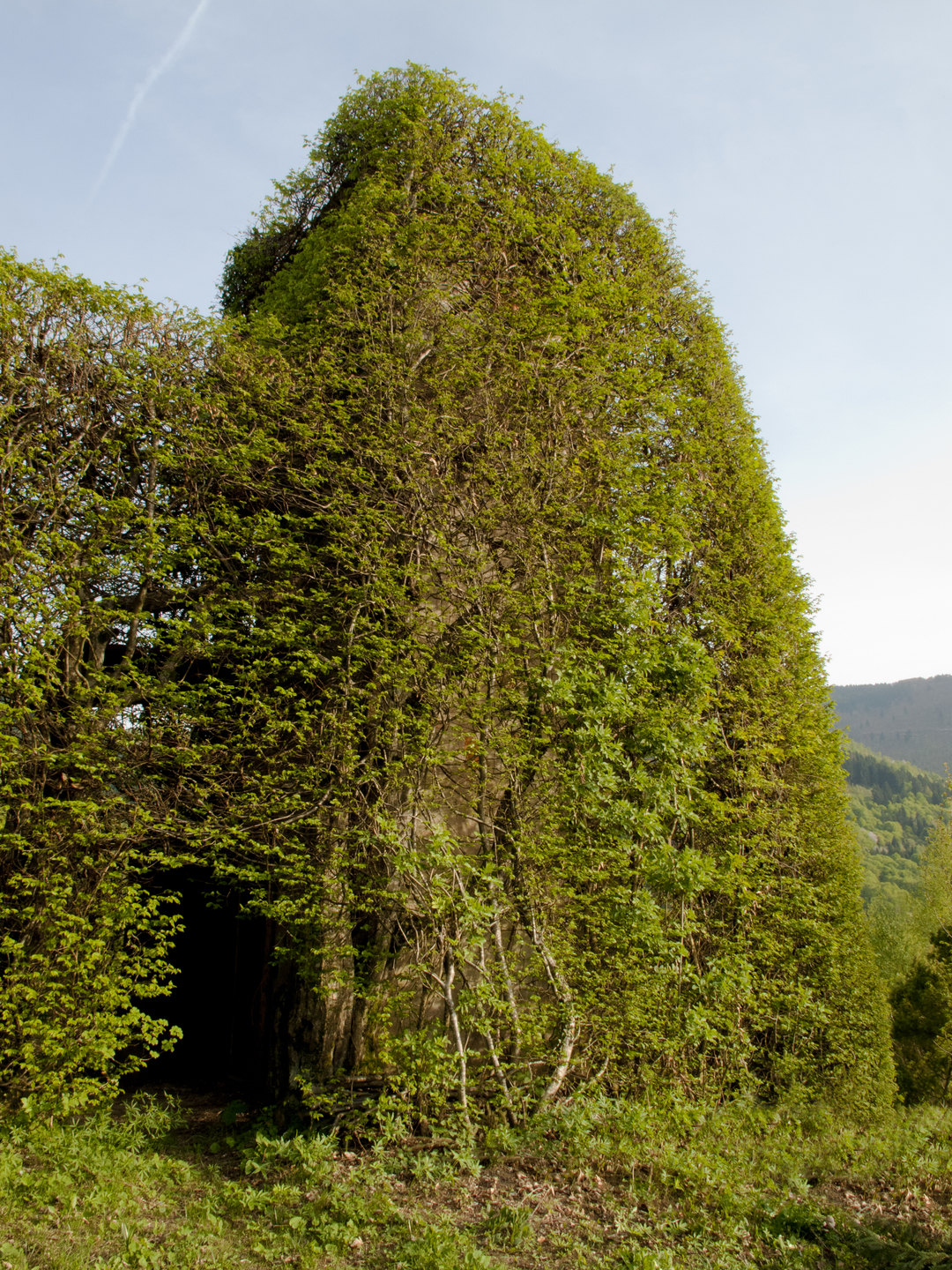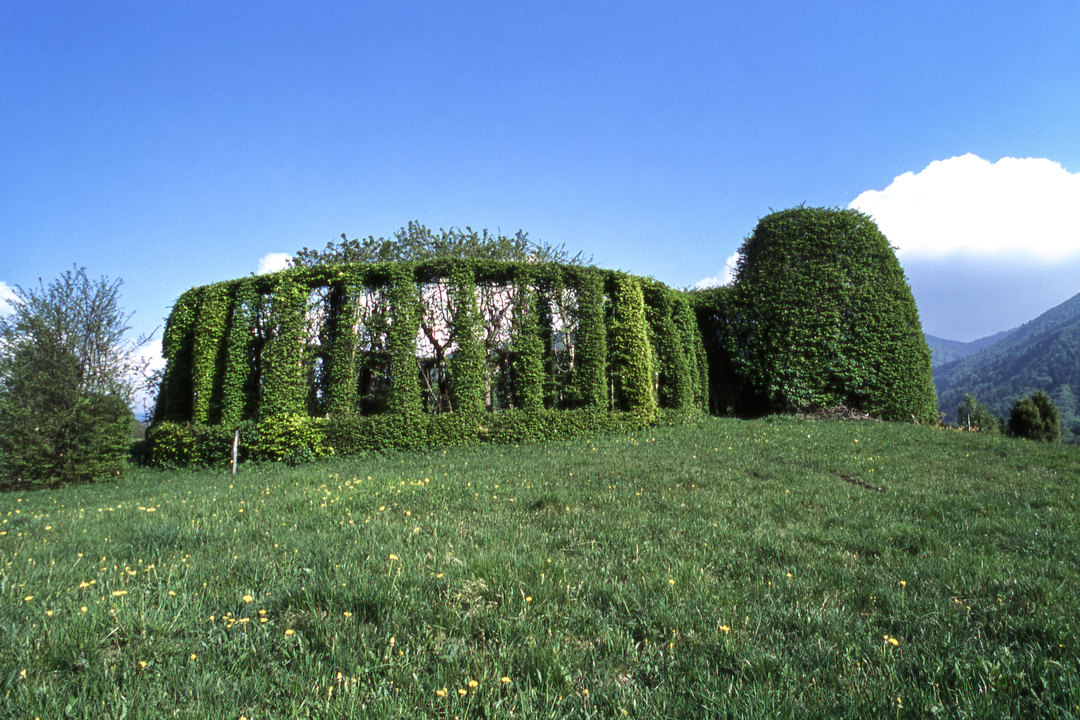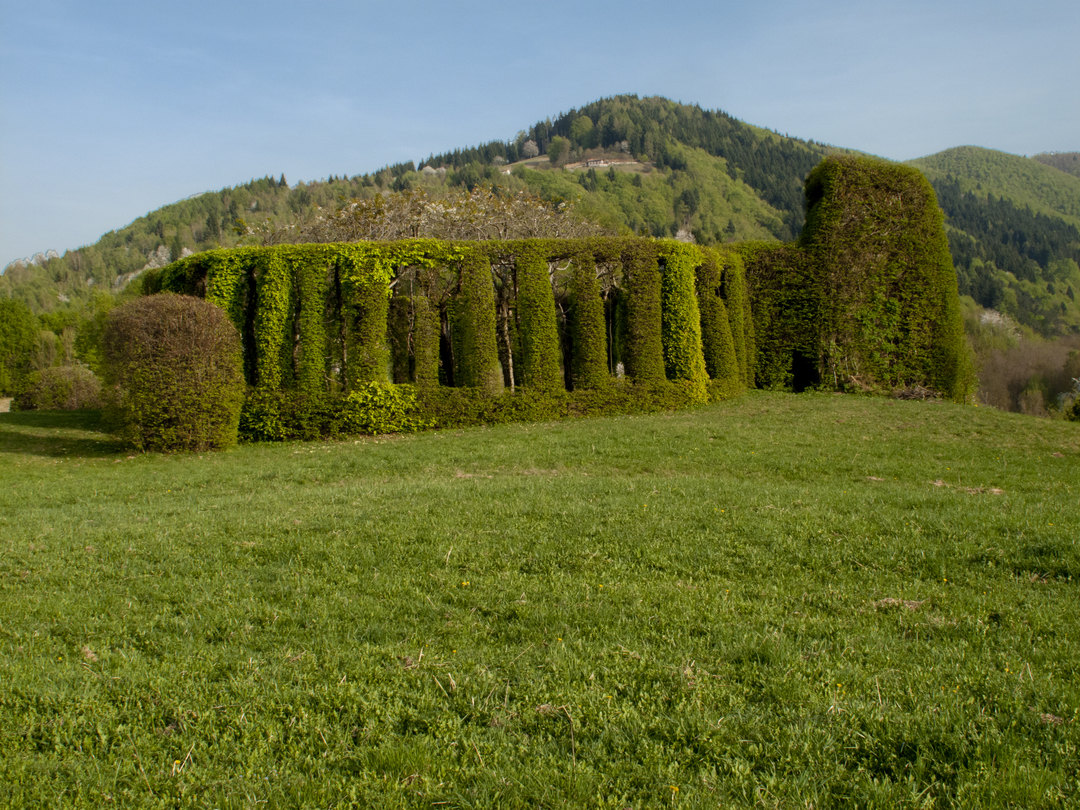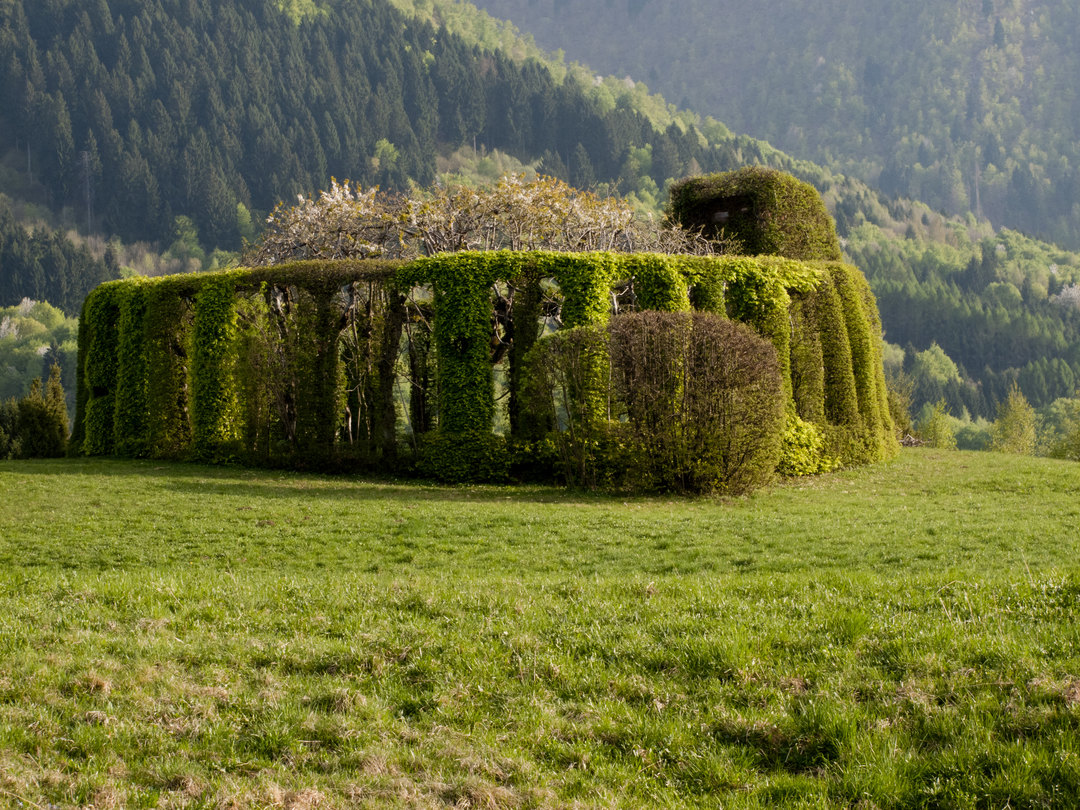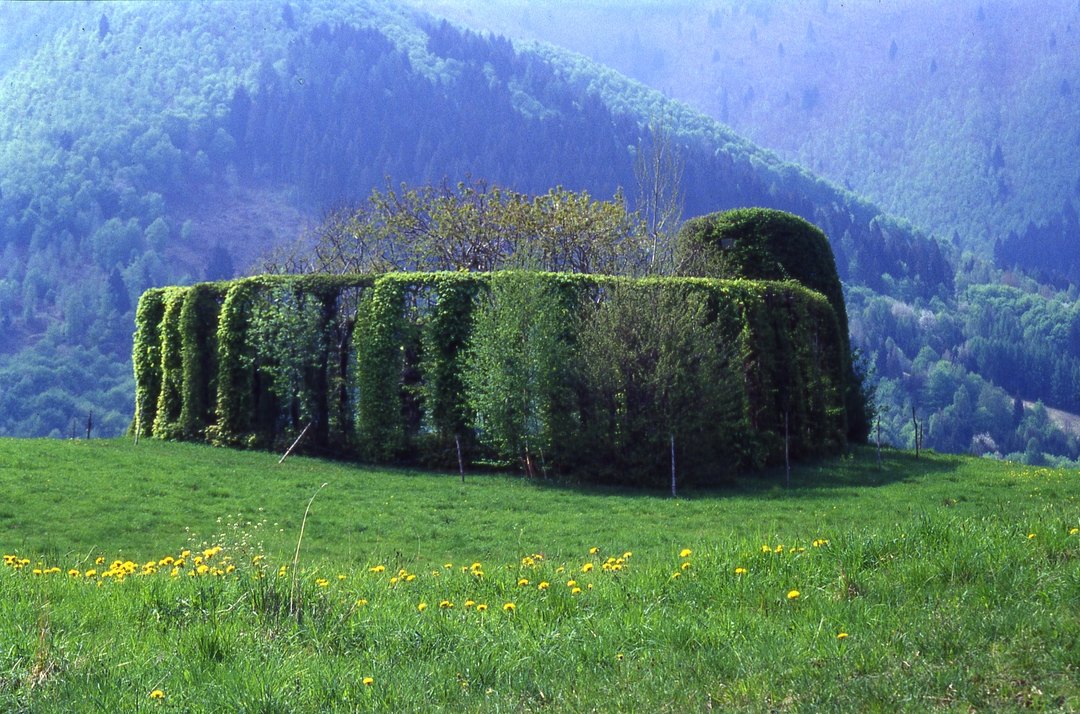Il roccolo è un impianto di uccellagione fisso costituito da una sorta di boschetto a forma circolare, realizzato con piante appositamente potate e da una struttura esterna in muratura detta “casello”. Il roccolo di Zelant di Mel si trova ad una quota di 730 m s.l.m. ed è uno dei meglio conservati del territorio bellunese; è stato utilizzato fino alla fine degli anni ’80 e, successivamente, fino al 2013, come unico impianto provinciale autorizzato alla cattura di richiami vivi. L’impianto arboreo è formato da due cerchi concentrici di alberi, costituiti prevalentemente da carpino bianco, che delimitano fra loro un corridoio. Al centro del roccolo è presente l’alberatura di posa. Il funzionamento è piuttosto semplice: la rete, detta “pantiera”, veniva tesa lungo tutto il corridoio interno, delimitato dai due cerchi di alberi. Gli uccelli, attirati dai richiami vivi e dalla stessa alberatura di posa, costituita da specie fruttifere quali il ciliegio ed il sorbo degli uccellatori, entravano nel roccolo dall’alto. Una volta posati sugli alberi o a terra, l’uccellatore, dall’interno del “casello” posto in posizione sopraelevata, lanciava al di sopra degli uccelli gli appositi spauracchi (chiamati “zesta” nel dialetto locale), costituiti da una sorta di piccola “racchetta da tennis” realizzata intrecciando attorno ad un telaio di legno rami di Clematide (Clematis vitalba), un arbusto lianiforme che si prestava bene a questo tipo di applicazione. Gli uccelli così spaventati tentavano la fuga scappando verso l’esterno, restando impigliati nella rete appositamente tesa. Il roccolo riveste oggi importanza sia dal punto di vista paesaggistico, come elemento caratteristico del territorio rurale della Valbelluna, sia come testimonianza storica di un passato in cui l’uccellagione permetteva, con la cattura ed il consumo di piccole prede, di integrare una dieta scarsamente proteica.
The “roccolo” is a permanent bird trap consisting of a small circular wood, created by pruning trees especially for this purpose, and an external stone structure called a “casello”. The bird trap in Zelant, Mel lies 730 m above sea level and is one of the best preserved in the Belluno area; it was used until the late 1980s and then, again, until 2013, the only installation in the province authorised to catch live birds used as decoys. The trees, which are mainly hornbeam, are arranged in two concentric circles, creating a passageway between them. At the centre of the trap there is a perching tree. The trap works in a fairly simple way: the net, called a “pantiera”, was stretched out along the whole of the inside passageway defined by the two circles of trees. The birds, attracted by the decoy birds and the perching trees, which were generally fruit trees, such as cherry or rowan trees, entered the trap from above. When they were perched on the trees or on the ground, the trapper, from inside his watch-tower above the trap, would throw a special kind of small “tennis racket” over the birds to scare them. These devices, called “zesta” in local dialect, were made by weaving clematis branches (Clematis vitalba) around a wooden frame, a creeper shrub which was perfect for this kind of application. The birds were scared and tried to escape, getting caught in the net. Nowadays the bird trap is important not only because it is a characteristic feature of the Valbelluna countryside, but it also teaches us about the past when bird-catching was common and small prey were captured and eaten, providing an important supplement to a diet which was low inproteins.
 Naturalistici
Naturalistici
